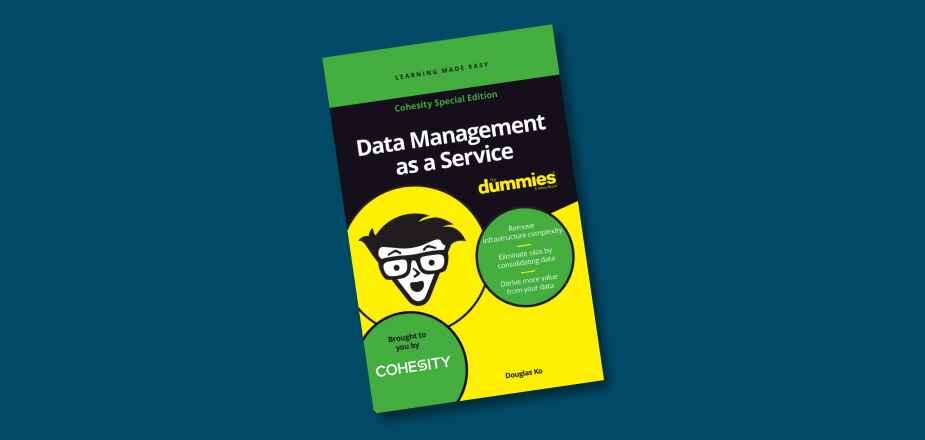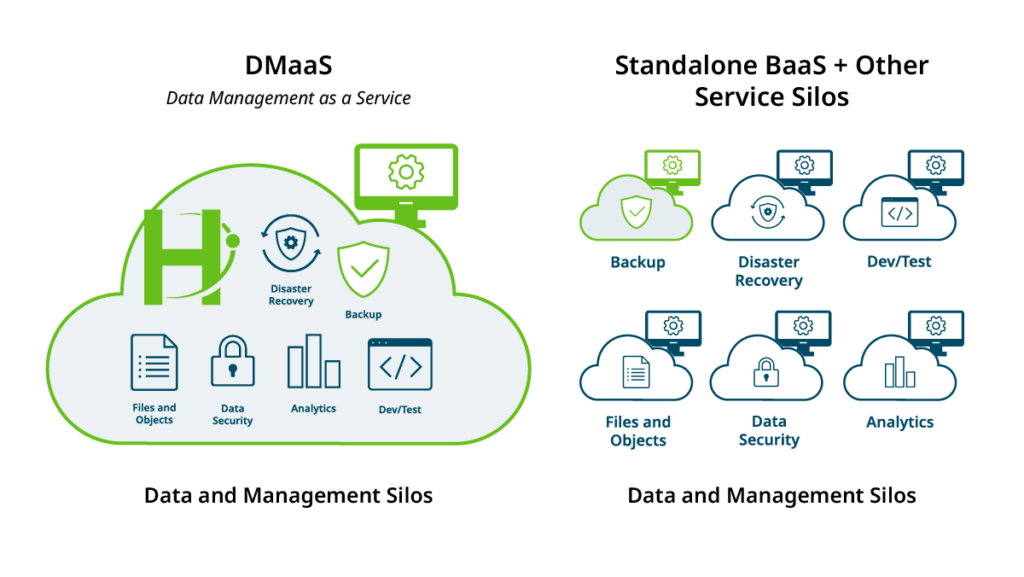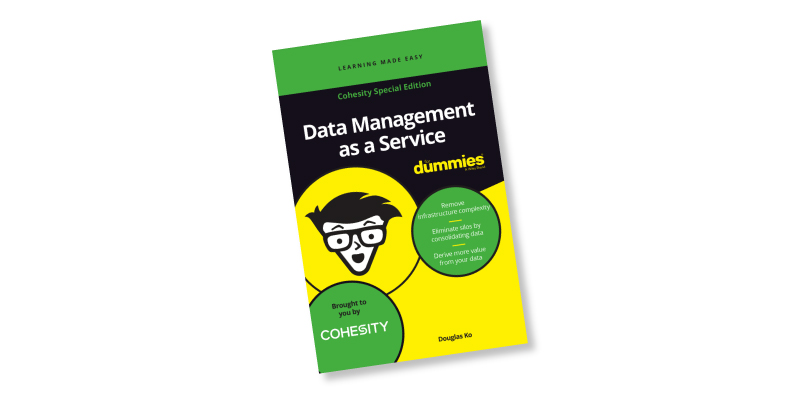Within today’s IT environment, the cloud and its IaaS, PaaS and SaaS offerings are first among equals for adoption. And clearly, the debate about whether to move to the cloud is over. The number of enterprises counting on cloud is already over 90 percent, according to most analysts and company reports. And the number of enterprises pursuing a hybrid cloud strategy is somewhere between 62 percent (according to 451 Research) and 87 percent (according to Flexera).
Cloud business will be a $1 trillion market by 2024, says IDC. So now, it’s simply a matter of what workloads belong in the cloud. Richard L. Villars, group vice president, Worldwide Research at IDC, says, “Cloud in all its permutations — hardware/ software/services/as-a-service as well as public/private/hybrid/ multi/edge — will play ever greater, and even dominant, roles across the IT industry for the foreseeable future.
Data Management Challenges with Multicloud and Hybrid Cloud
So, as organizations take advantage of the many as a Service benefits, cloud adoption also introduces a new set of challenges for data management. For example, cloud adoption generates tremendous volumes of all types of new data. Moreover, managing and protecting this data typically requires a new set of point products, policies and protocols, skill sets and person-hours, and other demands of IT. The organization benefits from cloud, but the requirements for managing data across the IT environment significantly increase.
The challenge with today’s data-centric workloads, the lifeblood of nearly every organization, is that there’s too much data, in too many places, with too much cost, complexity, and risk. When you combine this with a lack of visibility, compliance, utilization, and the management overhead associated with all of it, this combination can really hold back business from its desired gains.
This is precisely the conundrum that Data Management as a Service (DMaaS) solves. DMaaS is an umbrella term for organizations seeking easy access to multiple data management capabilities, such as backup and recovery, disaster recovery (DR), archiving, file and object services, dev/test provisioning, data governance, security, and analytics — all provided as a comprehensive, integrated set of offerings through a software-as-a-service (SaaS) model.
The right DMaaS solution fits into and helps you meet your multicloud and hybrid cloud objectives because it doesn’t create new silos. Instead, the solution seamlessly manages data sources from both onsite and off-site sources and consolidates them in the cloud without requiring you and your people to change tools or user interfaces.
A Modern Model
DMaaS is different from legacy data management approaches in a number of ways. First, to address a comprehensive set of use cases typically requires knitting together a series of silos. In a backup and recovery context, for example, you might encounter various software for different data sources, plus media servers, tape libraries, and target storage all put together in a patchworked solution to operate and manage. And that old-school model is time-consuming, error-prone, and costly.
Second, each part of the puzzle, whether it’s backup, file and object shares, or disaster recovery, is owned and sold by a different vendor. And working with three, four, or five of those is just plain exhausting. Imagine having to put together a car by ordering all of the separate parts — complete with separate assembly instructions. And third, forget about seamlessly extending to the cloud. That usually requires an entirely different set of gateways.
A modern data management model eliminates data management complexity and unifies operations on a single platform. This implementation cuts out downtime and data loss. You can take advantage of streamlined operations — from backups to development and testing and analytics — while lowering total cost of ownership (TCO). And with DMaaS, you can manage data sources across data centers, the edge, and public clouds. Best of all, you can leverage all that data for business value.
With DMaaS, you drive agility by providing data management on-demand. You get to focus on policies and SLAs instead of infrastructure. Innovate faster by easily and quickly giving your developers and analysts access to data that can be tapped by advanced cloud services such as artificial intelligence and machine learning (AI/ML).
Start With Backup as a Service (BaaS)
Backup is a great place to begin because it’s a fundamental data management operation that has to be performed to ensure business continuity. BaaS simplifies data protection by unifying backup data across hybrid and multicloud with a single interface. It provides a secure and efficient way to protect and consolidate your backup data in one place, in the cloud. And what you want (and can do with BaaS) is to take it from the dark ages, where it’s a mere insurance policy to the modern age of DMaaS where you can do more with your data to enable business and drive digital transformation.
Backup has always played the role of a great collector of data. Gather the critical bits and bytes that you want to first protect, but ultimately get the most value from. After you have your organization’s data backed up and collected in the cloud, you can glean more value from other DMaaS services like analytics, data governance, or development and testing features.
So in essence, you get to ditch your legacy backup for modern BaaS. The right solution supports backup and recovery of any workload running anywhere. You get everything from legacy on-premises applications to new cloud-native apps and SaaS or data at edge sites like remote offices.
The backup service runs directly on the multicloud data management platform while protecting data across hybrid cloud. This configuration delivers the true hybrid cloud experience, but without restrictive swim lanes (see Figure below).
The Top Ten Use Cases for DMaaS
While BaaS is a great place to start, DMaaS will allow your organization to subscribe to discrete data management offerings addressing a wide range of use cases within a single DMaaS solution. Here’s a quick list of the top ten:
- Offsite Backup and Recovery and BaaS
- SaaS and Cloud Apps Protection
- Long-Term Retention and Archiving
- Disaster Recovery
- Air-Gap Security and Ransomware Recovery
- Compliance and Data Governance
- Files and Objects
- Development and Test
- Cloud Data Lake
- Analytics
And a Whole Lot More
This list is just the beginning–there’s so much more information to share about DMaaS. That’s why we’ve created the DMaaS For Dummies, Cohesity Special Edition. This comprehensive book is the ultimate reference guide, packed with helpful information including:
- How to align cloud and data strategies
- What are the business and technical benefits of a DMaaS model
- Which use cases and overall DMaaS approach is right for you
- How to get the most out of your data
Get your copy of Data Management as a Service For Dummies here.

















